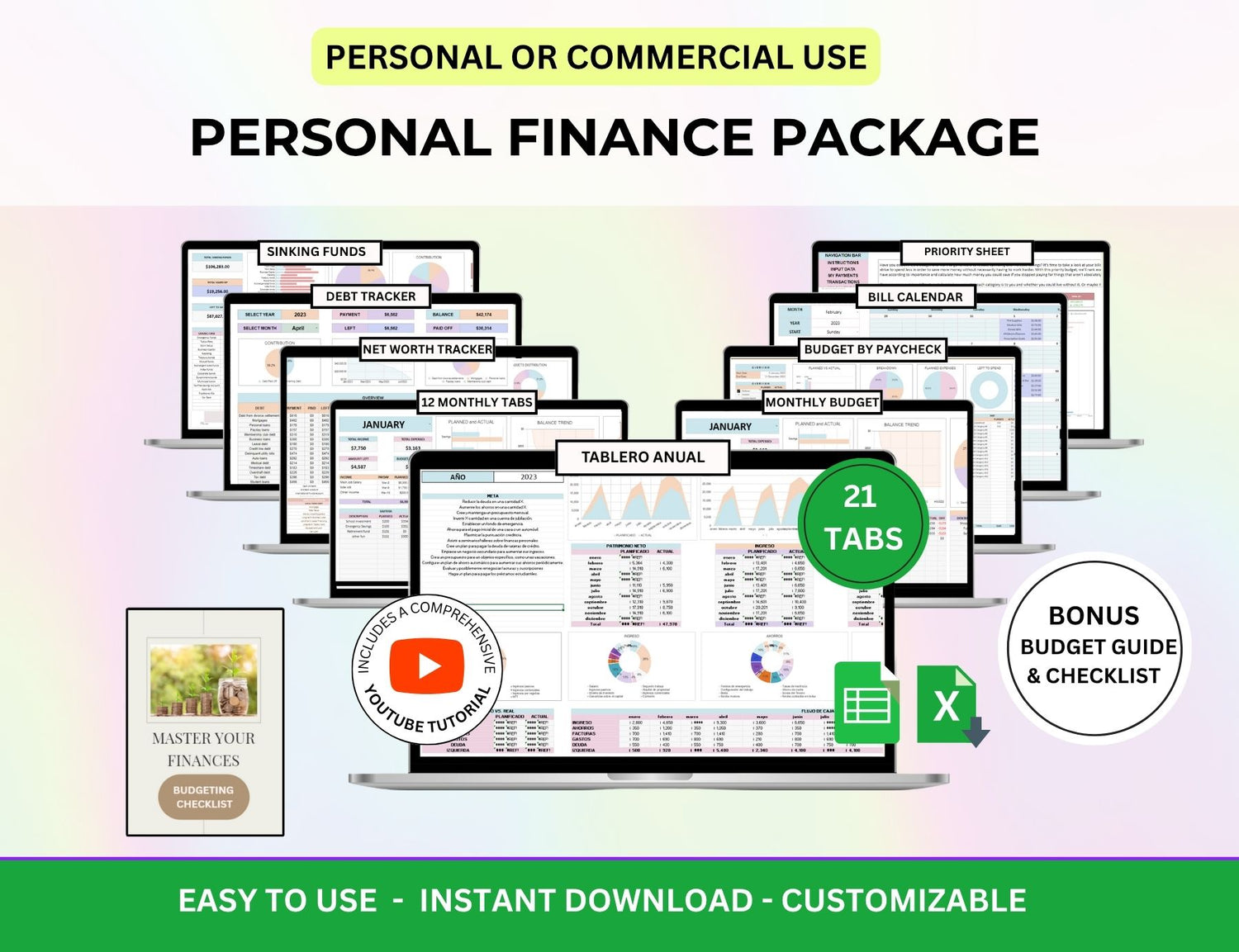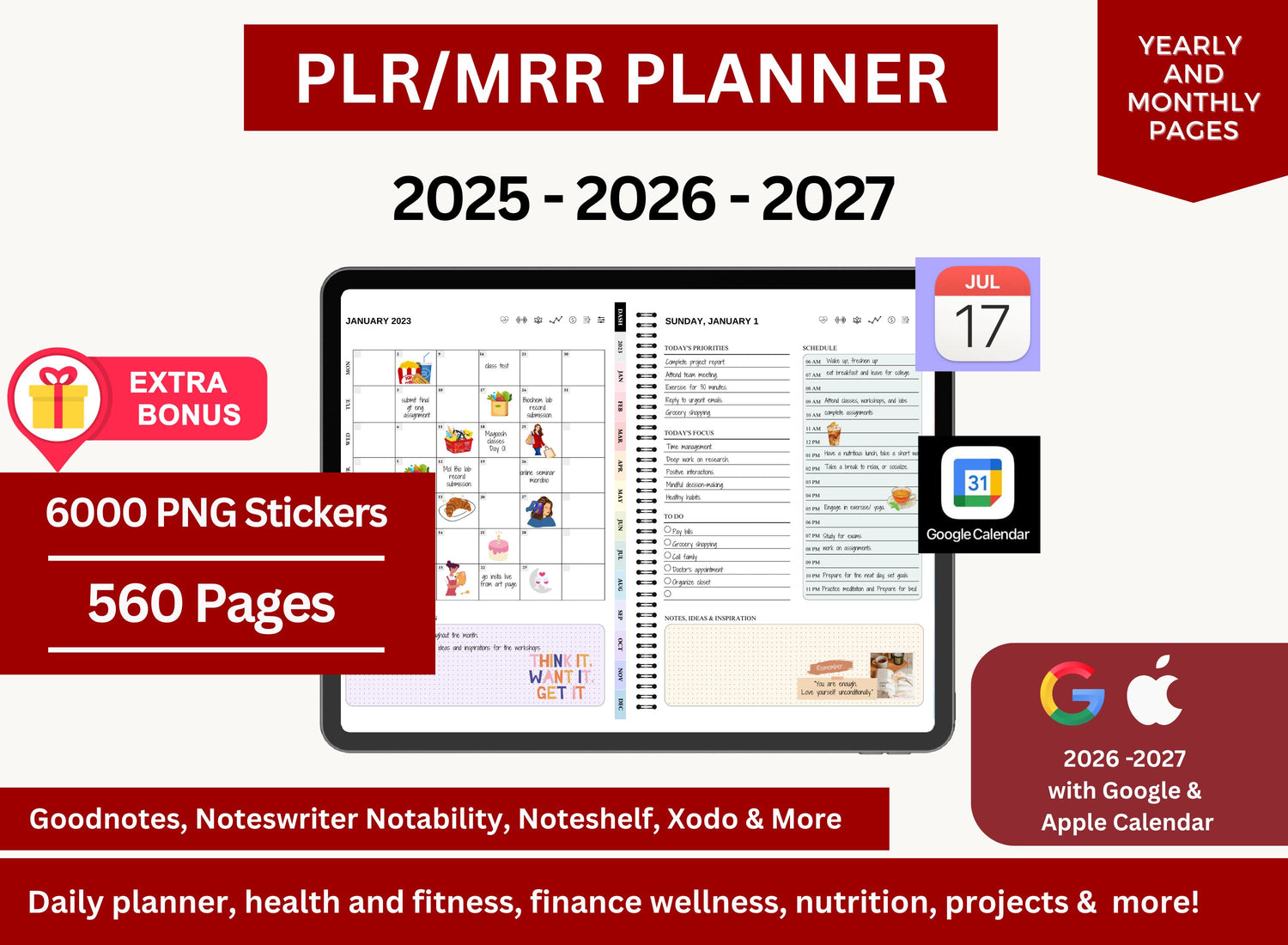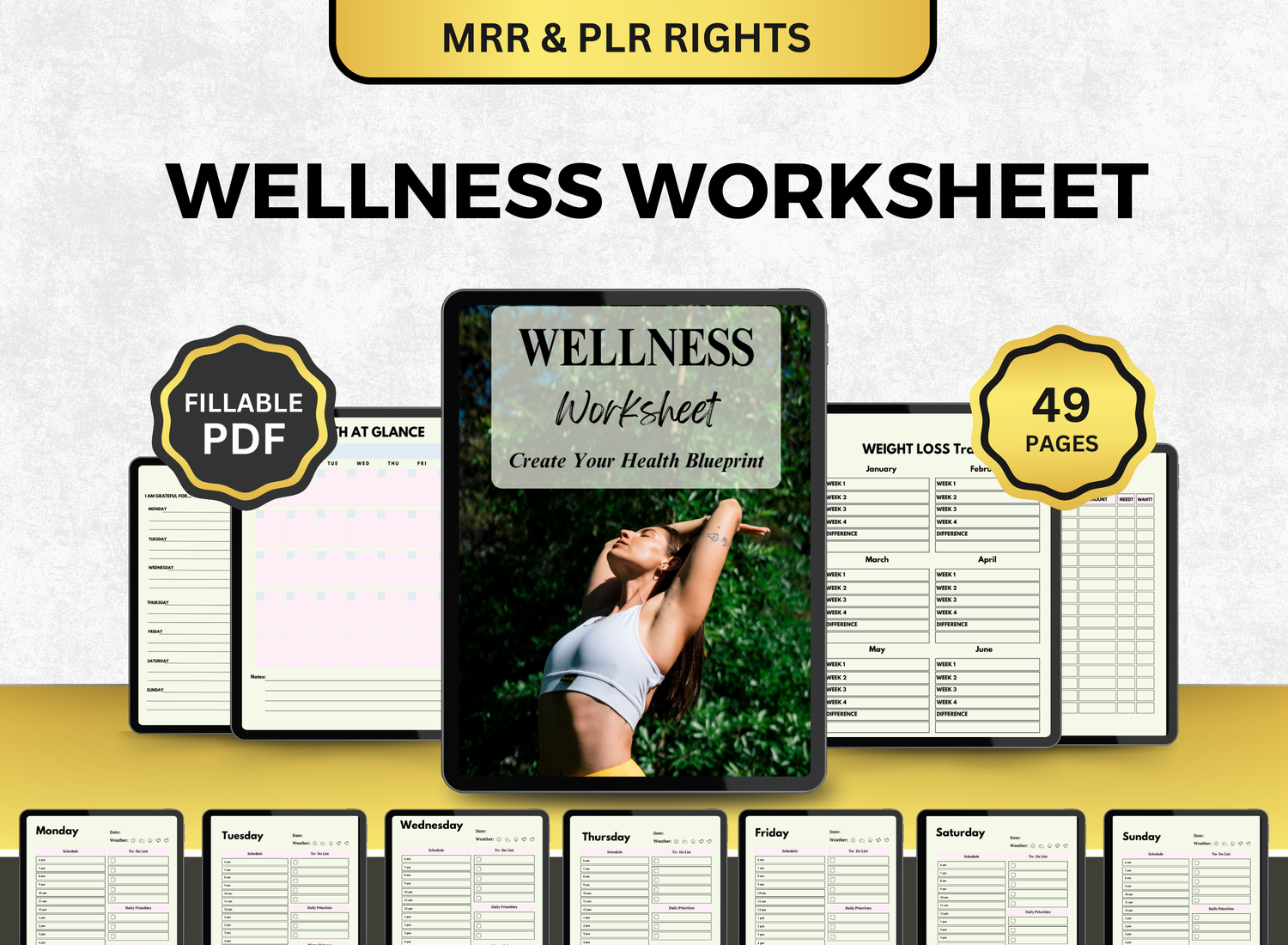How to Create a Digital Download Empire With Just Master Resell Rights Products
Let’s not sugarcoat it—building an online business is hard. Especially when you're doing everything from scratch. Designing products, writing copy, building funnels, writing more copy... it can feel like an uphill battle just to make your first sale. And that’s where Master Resell Rights (MRR) products make their entrance. They're kind of like business shortcuts—but not cheat codes. There's still effort required.
Now, if you’ve got experience in the "make money online" world even briefly, MRR digital products and profit are probably not foreign words or phrases to you. They buy a license, set up a website, promote a funnel—and boom—money in their Stripe account. At least, that’s the dream.
But what’s real? What actually works? And how on Earth can you build a full-fledged empire using only MRR?
Let’s take it step-by-step.
TL;DR
|
What It Is |
Why It Works |
What to Do |
|
MRR = Resell-ready digital products you can legally flip (and so can your buyers). |
It’s like selling a franchise without the rent, staff, or drive-thru headaches. |
Pick high-quality products, niche down, build a funnel, drive traffic, repeat. Empire = possible. |
What Exactly Is Master Resell Rights?
In plain terms:
-
MRR, or Master Resell Rights, gives you the right not only to resell a digital product as-is but also to pass along those exact same resale rights to your customers. So when someone buys from you, they’re essentially buying the whole license—not just the product. It's like selling the keys to a small business in a box. That said, terms can vary, and some licenses may come with odd restrictions (like “no paid ads” or “can’t change pricing”), so it’s worth reading the fine print—yes, even the boring parts.
This means that if perchance you bought a course that had MRR, then you can also sell it to your customers to which your customers can sell it to their customers. Kind of like a digital franchise, except there's no office, no uniforms, and no midnight inventory checks.
MRR is different from PLR (Private Label Rights), where you can edit and rebrand the content. With MRR, you usually can't change the actual product—but you can change how you market and position it.
(An example of an MRR product; coach template bundle package.)

Why MRR Is a Legit Path in 2025
This isn’t just about passive income hype. There are actual reasons MRR is gaining traction again in 2025:
1. Digital Products Are Exploding
The global digital downloads market keeps expanding. According to Statista, the eBooks segment alone is expected to reach $14.6 billion in 2025.
That doesn’t even include courses, templates, or business toolkits.
2. Platforms Make It Easy to Sell
Tools like Gumroad, Payhip, and Systeme.io make selling MRR products almost plug-and-play. You don’t need a web dev background to set up a funnel anymore. You just need a solid product and basic marketing chops.
3. Buyers Want Ready-Made Solutions
Not everyone wants to build from scratch. New entrepreneurs often prefer plug-and-play products. If you can offer a business-in-a-box—especially one that comes with coaching or bonus templates—you're solving a very real problem.
And honestly, it's not all that surprising. In a year where automation is everywhere and attention spans are shorter than ever, people are looking for systems that work without needing to reinvent the wheel. MRR fits into that sweet spot—it’s scalable, relatively simple to launch, and increasingly seen as a legit entry point for anyone trying to dip their toes into digital entrepreneurship without going full-on content creator. The barrier to entry is low, but the potential? Still pretty high, if you're intentional about it.
(Another example of an MRR product; MRR weight loss and fitness tracker.)
Step 1: Choose the Right MRR Product (This Part Matters More Than You Think)
Not all MRR is created equal. There’s a lot of junk floating around—outdated ebooks, poorly designed funnels, zero support. You don’t want to base your empire on a cracked foundation.
Look for Products With:
-
Clear resale terms (make sure it's actually MRR and not just personal use)
-
A complete funnel (landing pages, sales pages, email scripts)
-
High production quality (clean branding, up-to-date content)
-
Active creator support or community
Do your due diligence. And yes, it’s okay to spend a little more for higher quality. It’s your business, after all.
Step 2: Niche Down—Then Niche Down Again
Here’s where many people trip up. They pick a super generic product (“How to Make Money Online” or “Instagram Growth 101”) and hope to sell it to everyone.
But in 2025, vague doesn’t sell.
You need specificity. Here’s how it might look:
-
From “Digital Marketing” → “Email Marketing for Etsy Sellers”
-
From “Mindset Coaching” → “Burnout Recovery for Tech Freelancers”
-
From “Fitness” → “10-Minute Workouts for Busy Moms Over 40”
Yes, you’re narrowing your audience. But you’re also making your offer feel tailor-made. And that boosts conversions big time.
Even if the MRR product is general, your positioning doesn't have to be. Customize the sales copy. Create a niche-specific bonus. Frame it for a specific pain point.
(A MRR product with a specific market; project management spreadsheet template.)
Step 3: Build a Selling System, Not Just a Sales Page
Uploading a product to Gumroad isn’t a business. It’s a product listing.
To build an empire, you need an ecosystem—something that moves cold traffic to warm leads to buyers. And that doesn't just mean a single opt-in page or one clever reel. It’s more like a series of interconnected parts that each play a role. A lead magnet here. A tripwire there. Maybe a value-packed email or two that feel surprisingly... personal. You want someone stumbling into your world to feel like there’s a natural path forward—not a maze or, worse, a dead end.
Because when you get that flow right? When people go from "Who is this?" to "I trust this person enough to spend money"—that’s when it starts to feel like a real business. One that doesn’t rely on going viral. One that grows, quietly and steadily, with every lead that lands in your inbox. That’s the ecosystem we’re building toward.
Here’s a basic structure:
- Free lead magnet (quiz, checklist, template—can be PLR or AI-generated)
- Email sequence (delivers value, builds trust)
- MRR product pitch (sales page or webinar)
- Upsell (bundle, coaching, templates)
Platforms like Systeme.io make this doable with drag-and-drop tools. Start small—one funnel, one offer—and scale from there.
Step 4: Drive Traffic Like It’s Your Job (Because It Is)
Let’s be blunt: no traffic = no sales.
It doesn't matter how beautiful your funnel is if nobody sees it. Here are a few sustainable traffic sources you can lean on:
A. Organic Content (Blog, YouTube, TikTok)
Choose one platform you actually like. Consistently post value-driven content related to your niche. Use SEO tools (like Ubersuggest or TubeBuddy) to optimize your reach.
If your MRR product is about budgeting for solopreneurs, make content on:
- Mistakes freelancers make with money
- Free tools for budgeting
- A breakdown of how you use the MRR product in your own life
B. Email List Building
Everyone says “build a list.” Few actually do it right. Make sure your lead magnet solves a real pain point and your follow-up emails sound like a human wrote them.
You don’t need a 30-email sequence. Even 5 thoughtful messages can move someone to buy.
C. Pinterest (Yes, Still Viable in 2025)
Pinterest is still solid for visual niches like wellness, finance, mindset, productivity. Create 10 pins a week linking to your funnel. Use keyword-rich descriptions. Schedule via Tailwind if needed.
(An example of a MRR template used for marketing; MRR engagement video reels.)
Step 5: Stack Your Offers
Once you’ve made a few sales, don’t stop there—really, don’t even slow down. This is where the empire part starts to kick in. Bundle related products together in clever ways that actually make your buyer's life easier. Think of it like assembling a digital toolbox: maybe your MRR product teaches how to start a freelance business—so why not throw in a sleek Notion dashboard, a pricing calculator, or a proposal template?
Even better? Add some light coaching, maybe group Q&A calls or a Slack channel where people can swap wins and ask for help. People love feeling like they’re not doing it alone. That community piece? It turns a $27 sale into a $97 offer without you creating something totally new.
You can also sell templates, swipe files, or Canva kits that complement your core product. These low-effort add-ons increase cart value and make your offer feel complete. It’s less about tricking people into buying more and more about helping them actually implement what they’ve bought. And honestly? That’s what keeps them coming back.
For example:
- Sell an MRR course on “How to Start a Freelance Business”
- Add a digital planner or proposal template as a bonus
- Offer a $17 upsell for a Notion workspace or swipe file
Each new layer increases your income without creating a new product from scratch.
(An example of a MRR product bundle; ultimate planner bundle.)
Step 6: Track, Adjust, Repeat
Even empires have growing pains. Your first funnel might flop. That doesn’t mean the idea is bad.
Use tools like:
- Google Analytics (or Fathom for privacy-first stats)
- Hotjar (see what users click or ignore)
- Email open/click rates
Then adjust:
- Test different headlines or colors
- Swap out images
- Re-record the video or voiceover
Sometimes, one tweak unlocks the sales. But you'll only know if you’re watching closely.
What About Legal Stuff?
Great question. MRR products should come with licensing terms—read them.
- Some allow paid ads. Others don't.
- Some let you use your own domain. Others require attribution.
Also: set up a terms & conditions page, a privacy policy, and a contact method (even if it’s just an email form). Tools like Termly or Iubenda can help with compliance.
If you're building something long-term, treat it like a real business.
(Another example of a MRR product; debt payoff calculator and tracker.)
Final Thoughts (Yes, They're a Bit Messy)
Can you build a six-figure empire with MRR products? Technically, yes. People have. There are screenshots and testimonials and even podcasts about it.
But also... it’s not magic. It’s marketing. It’s positioning. It’s choosing the right niche and showing up every day—even when nothing’s working.
Your first funnel might flop. Your tenth might take off. It’s a process. And honestly, it’s not for everyone. Some people love creating from scratch. Others thrive with ready-made tools.
If you’re in the latter group—and you’ve been sitting on that dusty folder of “resell rights products” since last year—maybe now’s the time to give it a real shot.
Start small. Pick one product. One audience. One channel.
Then build something from there. Slowly. Imperfectly. But consistently.
Your empire doesn’t have to launch in a weekend. But it can start today.












